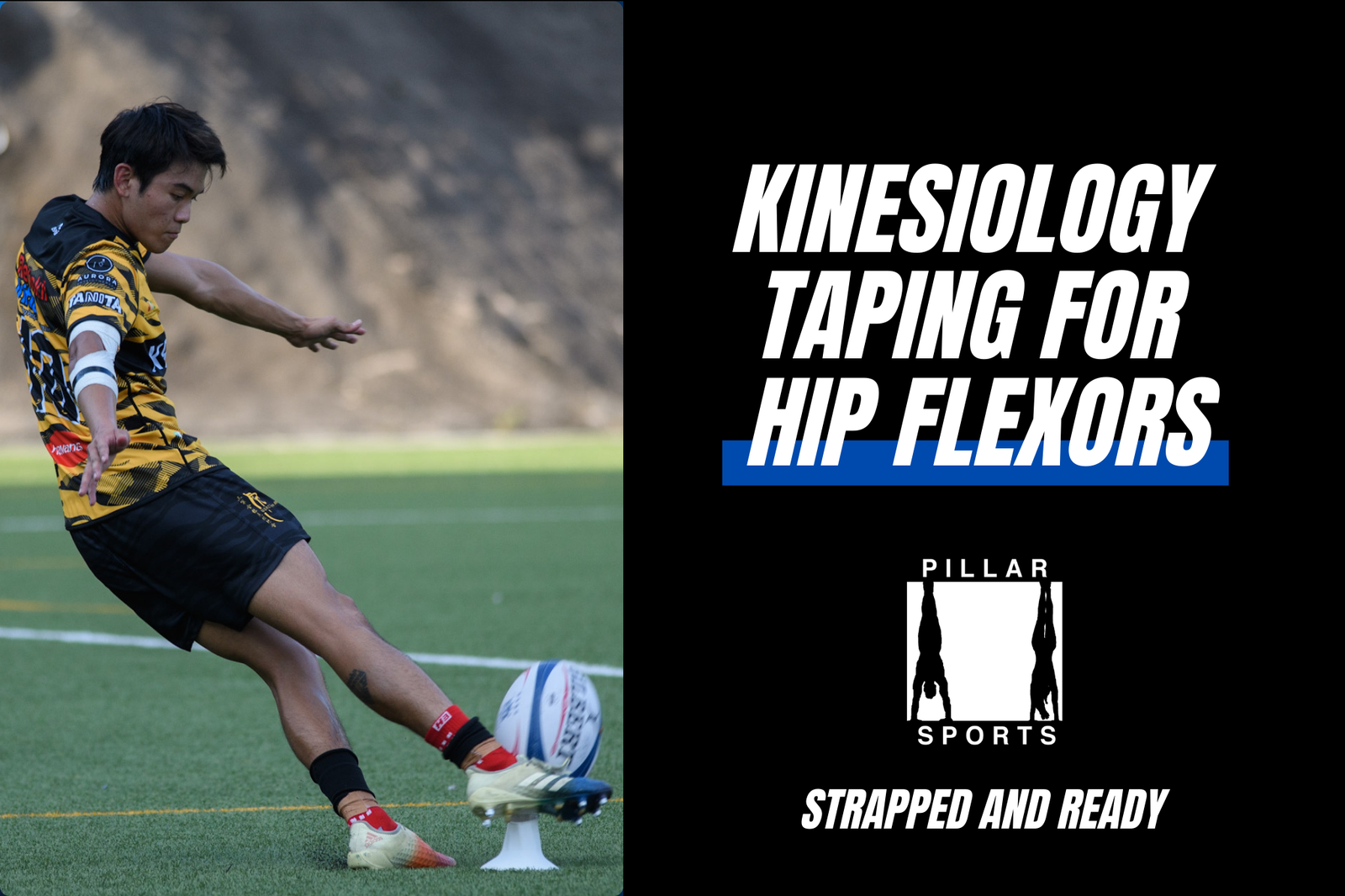
New here? Get HK$20 OFF your first order – min spend HK$300
Please be very aware that this information is neither intended nor implied to be a substitute for professional medical advice. Always seek the advice of your doctor or other qualified health professional before starting any new treatment or with any questions you may have regarding a medical condition.
Last updated on: August 19, 2025
Most people will warm up for sport and exercise, easing into activity at a slow pace and reduced intensity in order to raise their body temperature and increase blood flow to the working muscles. This is an important aspect of priming the body, however, there’s more to consider in your warm up if you’re looking to perform at your best.
I’d personally like to change the name of the ‘warm up’ to something like pre-event routine, priming or activation, which better encompasses the need for athletes to prepare their entire body, both physically and psychologically for performance. Whilst the cardiovascular system does need to rev up, a great warm up (I’ll stick with the term) should also include priming of other body systems: visual, neuromuscular, tactile and even interoceptive (the sense of the internal state of the body – both physical & emotional). I’ve just named few – there are more.
The purpose of every warm up should be to maximise physical performance and prevent injury, and whilst attention is often given to muscles, heart and lungs, I’d like to focus on how to prime the skin for sport. Why the skin? The skin plays an important role in somatosensation and thermoregulation, both critical systems for optimal athletic performance.
Here’s four skin-related considerations to include in your warm up;
It’s important that you get a feel for the environment you’re about to exercise or compete in. Temperature, wind and humidity all play a part in how hot or cold you will be, and your skin is the primary interface between you and the weather. Whilst it’s fine to keep the track suit on for the initial part of a warm up, make sure you progress down to your ‘race kit’ to ensure optimal core body temperature regulation when it matters.
All sports require “feel” – gripping the golf club, touching the football or even acquainting yourself with your running shoes are examples. The skin will help transmit these tactile and proprioceptive (body position sense) messages to the nervous system, and it’s important for you to stimulate these sensory systems during the warm up to optimise motor control/skill and what I like to call ‘sensory familiarity’. For those involved in contact sports, make sure some crash and bash is included in the warm up, and for those in individual sports it’s important for you to dial in your connection with your equipment and apparel before you go.
You can further stimulate the sensory neurons in your skin to optimise athletic performance, generally with either massage, heat/warm up creams or athletic tape. Pre-event massage that is firm and quick will excite the sensory neurons in your skin whilst enhancing muscle tone and flexibility. Warm up creams (such as Premax Warm Up Cream Formula EP5) stimulate the nociceptor (pain) sensory neurons providing a feeling of warmth. Whilst these creams don’t actually increase muscle or skin temperature, the sense of warmth can improve muscle tone and readiness for activity. Both rigid and kinesiology tape can also help elevate proprioceptive sense via their action of pulling on the skin.

As I mentioned at the start of this blog, one important reason for doing a warm up is to prevent injury. Whilst most people will think of preventing a hamstring strain or knee injury, it’s important to ensure you prevent skin injuries as well. Skin injuries can keep you our of sport for weeks or even months.
Here’s a few skin injuries that can be prevented and the action needed in your pre-event routine:



Grab HK$20 OFF your first order of performance-tested tape & gear.
*when you spend HK$300 or more.*
Join 1,000+ athletes already training with Pillar Sports tape.
No spam. Unsubscribe anytime.